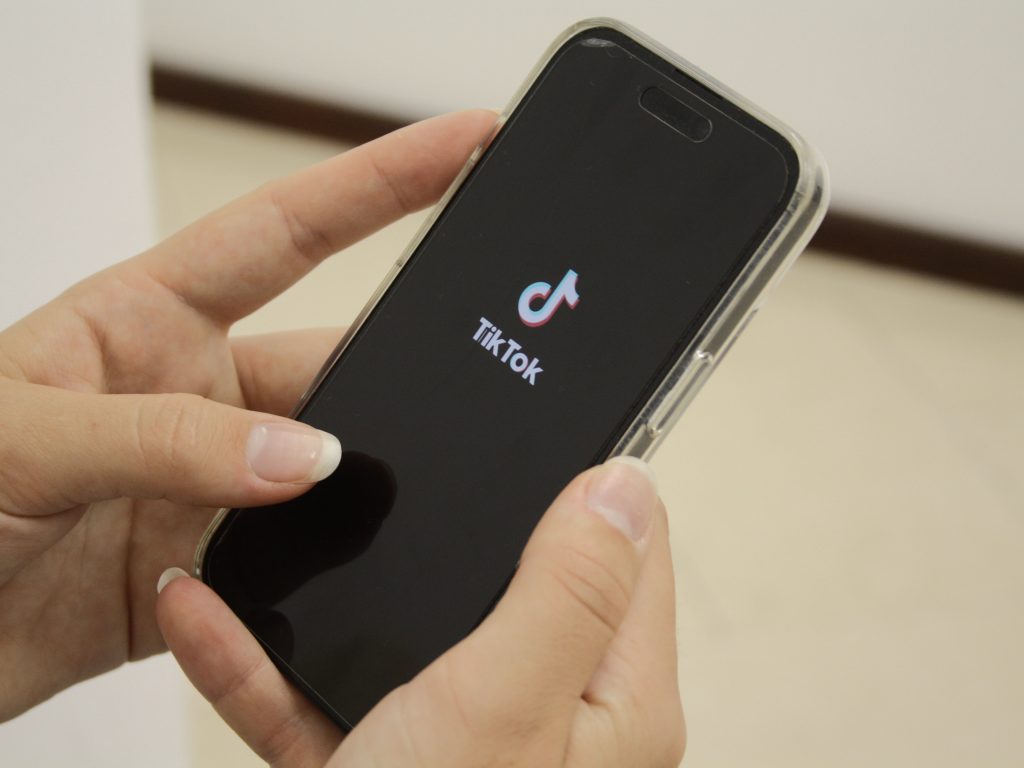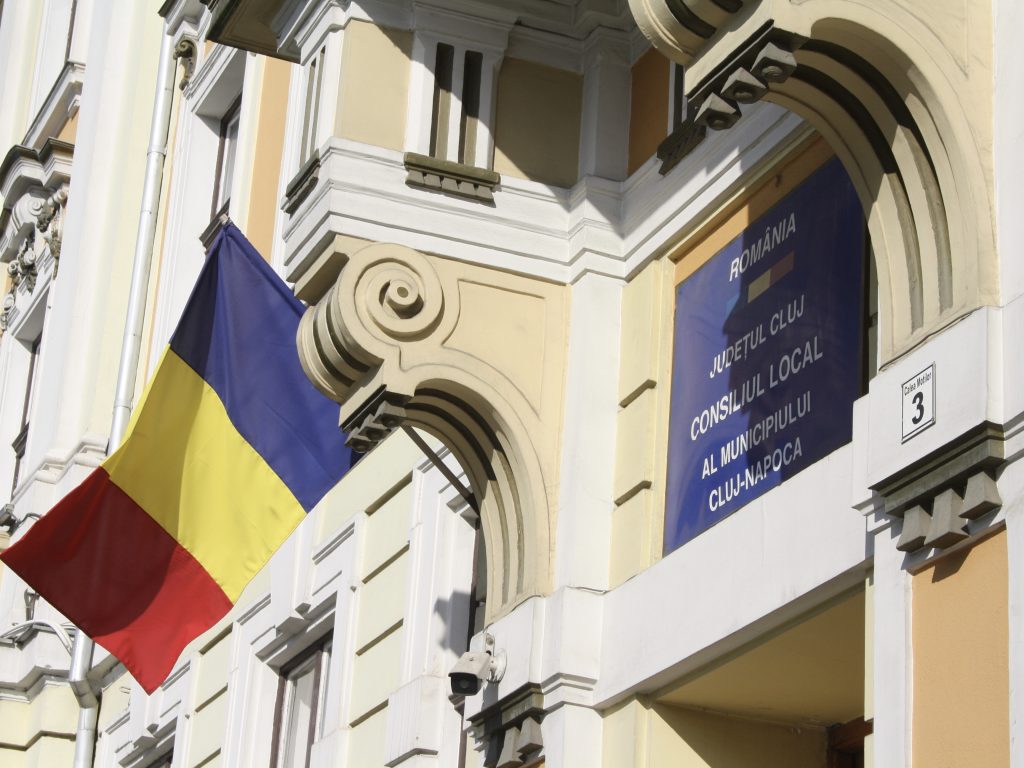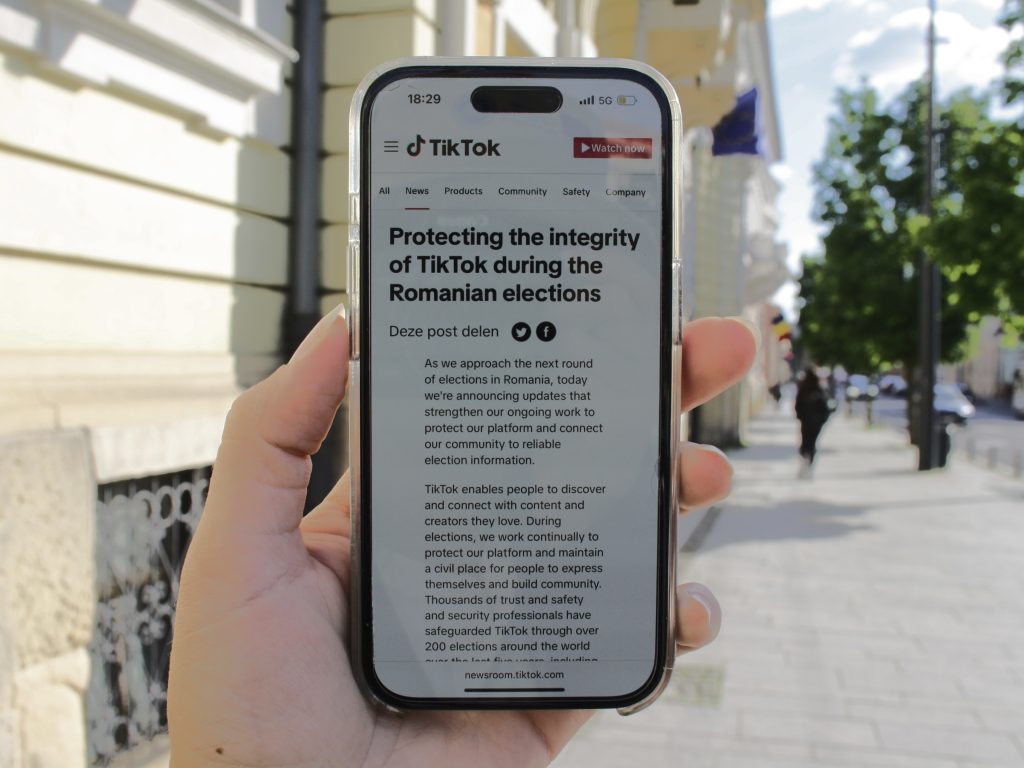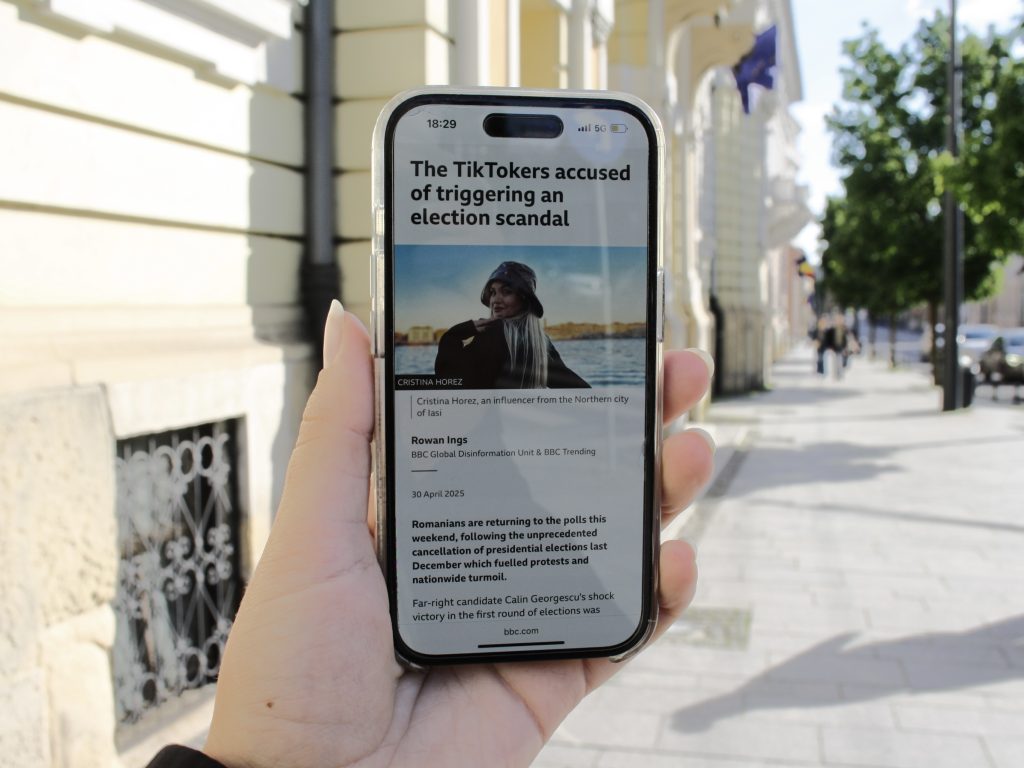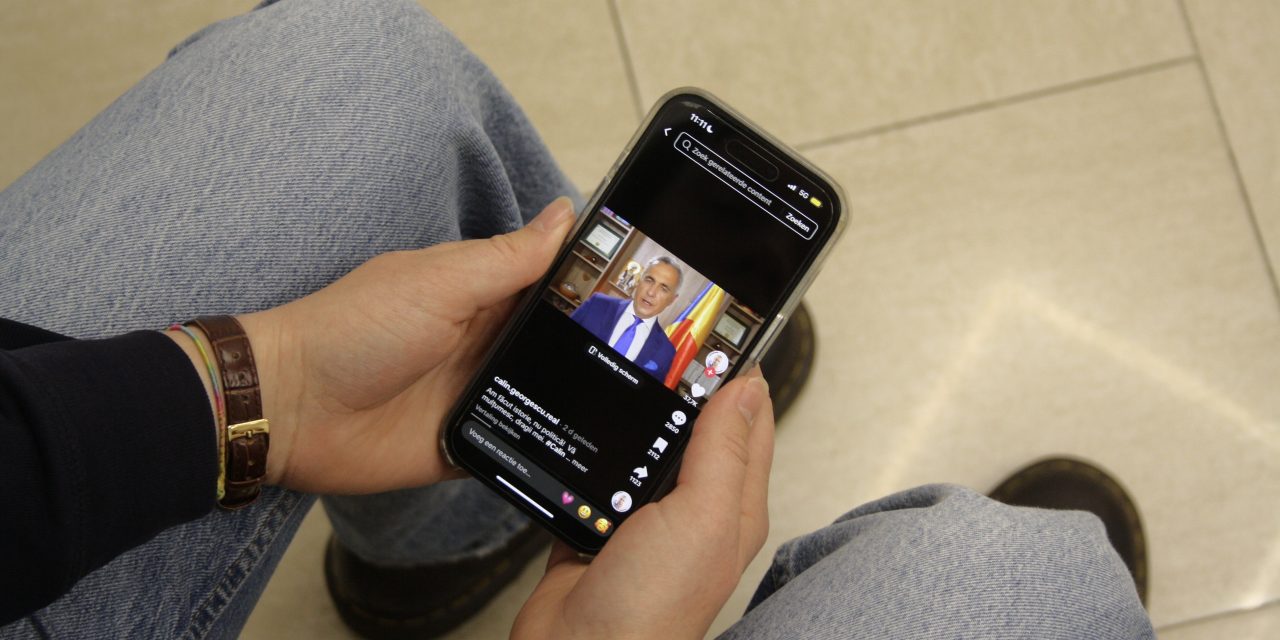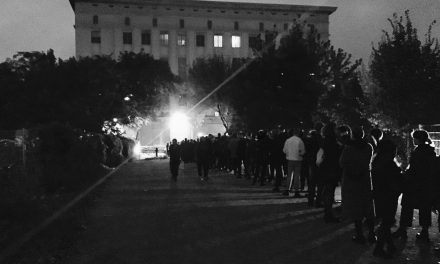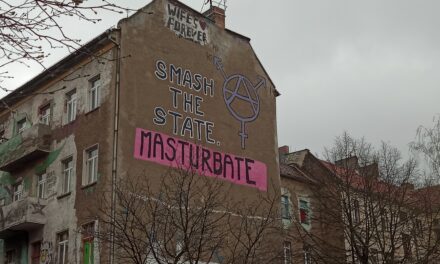In November 2024, the Romanian presidential elections were not only marked by political competition but also by a digital revolution. TikTok, once known primarily for dance videos and comedy, suddenly became an influential platform for political misinformation among young people aged 18 to 24. The consequences? Increased voter turnout compared to 2019, intense debates about algorithms, and ultimately a rerun of the election in May 2025. What does this shift mean for the future of the Romanian democracy?
The victory of the far-right candidate Călin Georgescu in November 2024 came as a surprise. According to data from the Romanian Electoral Authority Autoritatea Electorală Permanentă, he was polling at only 5% shortly before the elections. Even the exit polls published on the evening of November 24, 2024, placed him no higher than third place. Yet, the election results painted a very different picture, with Georgescu ultimately receiving approximately 23% of the votes.
One explanation for this unexpected rise lies in his digital campaigning. During the presidential elections, Călin Georgescu heavily relied on TikTok, writes POLITICO in an article profiling the far-right TikTok star. A few days later, POLITICO detailed the tactics used. Through viral formats like duets, memes, and short, catchy political statements, he attracted the attention of young voters. His strategy proved effective: he reached hundreds of thousands of followers and noticeably influenced both the political awareness and voting behavior of many young people.
Youth Voter Turnout 2019–2024
The impact on young voters’ behavior is clearly reflected in the election results. Data from the official Romanian election website Prezenta.roaep.ro show that voter turnout among 18- to 24-year-olds in the first round of the 2024 presidential elections increased significantly compared to 2019. Whereas nearly 13,000 young people voted in 2019, this number rose to approximately 820,000 in 2024, representing a growth of 21,3%.
Politics goes viral
A key factor behind this increase lies in young people’s media consumption habits. More and more young Romanians are turning to social media for political orientation, particularly TikTok.
According to a survey conducted by World Vision Romania, cited by EcoPoliticNews, as many as 80% of Romanian teenagers with a TikTok account reported seeing political content on the platform during the election campaign. Additionally, 27% actively shared political videos or posts. Although this study focused on teenagers aged 14 to 19, it clearly reflects TikTok’s influence as a political information platform among young voters in general.
In early 2024, TikTok in Romania counted nearly 8.97 million users aged 18 and older, according to data from ByteDance, TikTok’s parent company. These figures come from the platform’s advertising tools, which only provide data on users aged 18 and above. What makes these numbers remarkable is TikTok’s massive coverage of the adult population. At the start of 2024, TikTok ads reached approximately 56.3% of all Romanians aged 18 and over. This established the platform as an indispensable digital environment, not only for entertainment but also for information dissemination and political influence. With such a broad reach, it is no surprise that Călin Georgescu chose TikTok specifically to address young voters.
The algorithm decides
Research by Global Witness reveals that TikTok’s algorithm played a significant role in influencing young voters during the 2024 Romanian presidential elections. It was found that the algorithm recommended content from far-right candidate Călin Georgescu more than five times as often as content from his opponent, Elena Lasconi. In a test using a neutral TikTok account, 85% of the recommended political videos supported Georgescu, while only 15% promoted Lasconi.
Global Witness also conducted a survey among over 1,000 Romanian TikTok users aged 18 to 35. The majority reported noticing suspicious activities and possibly false claims on the platform in the two weeks before the elections. Notably, 73% remembered regularly seeing content related to Georgescu.
These findings suggest that TikTok’s algorithm presented a disproportionately large amount of pro-Georgescu content to users, which may have contributed to his unexpected success in the first round. Although TikTok claims to have taken measures to protect the platform’s integrity, this research raises questions about the transparency and neutrality of the algorithm, especially in the context of election interference.
An article from Modern Diplomacy complements these insights by emphasizing that TikTok’s algorithmic recommendation system effectively catered to the preferences and viewing habits of young users. By continuously offering similar political videos, the platform created a ‘filter bubble,’ exposing users mainly to content that confirmed and reinforced their existing political preferences. This targeted distribution enabled campaigners to efficiently and strategically spread their message, contributing to increased political engagement and voting behavior among young Romanian voters.
